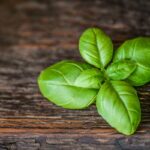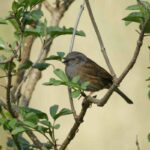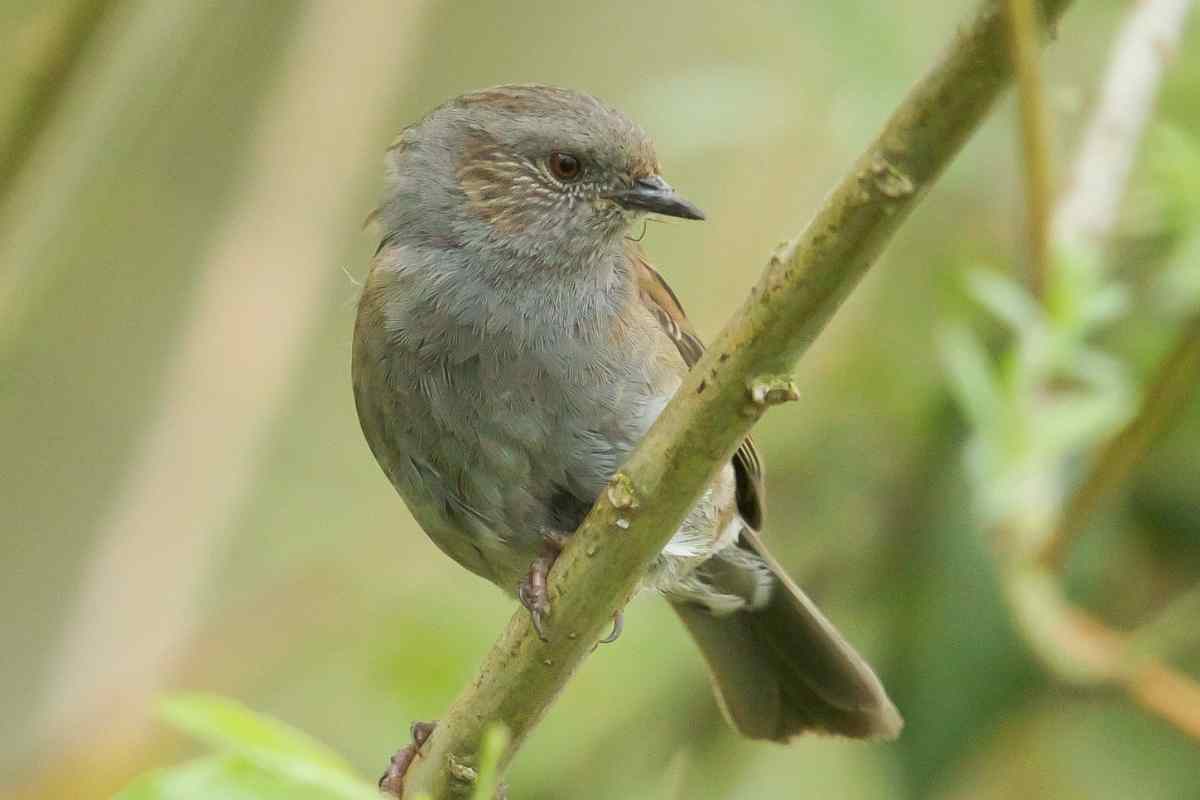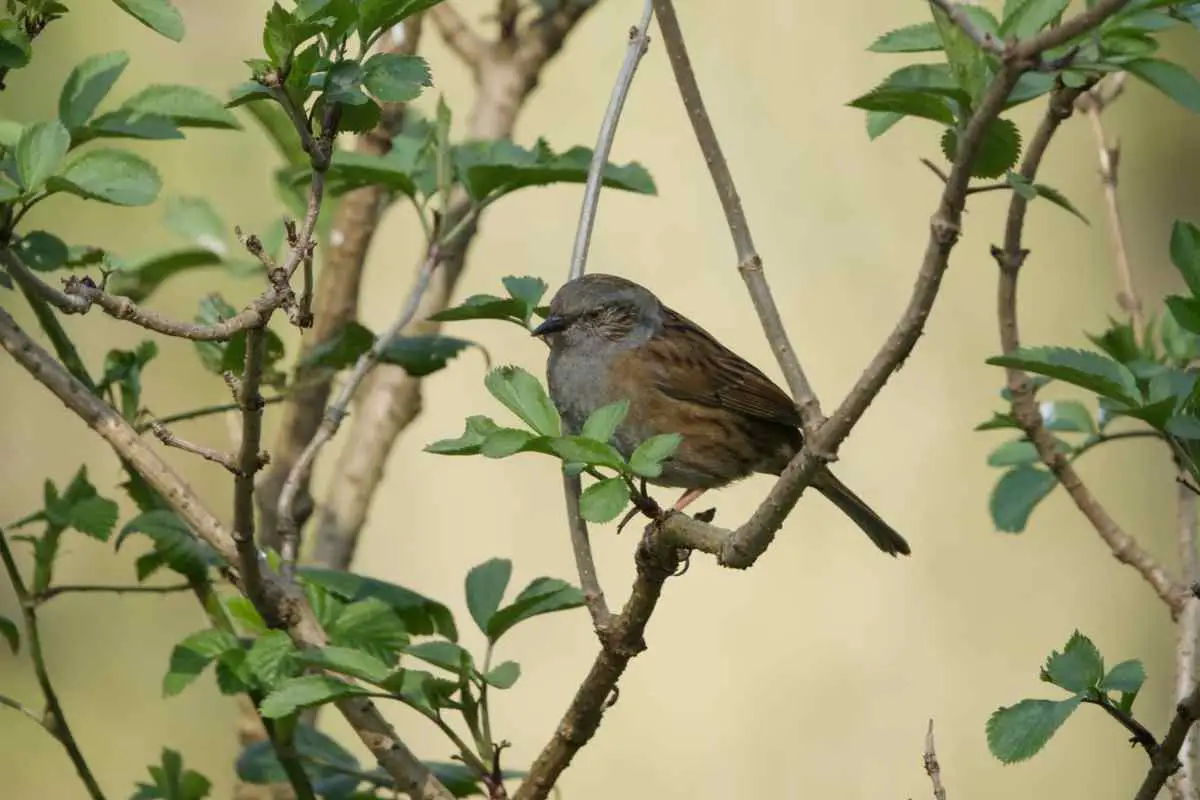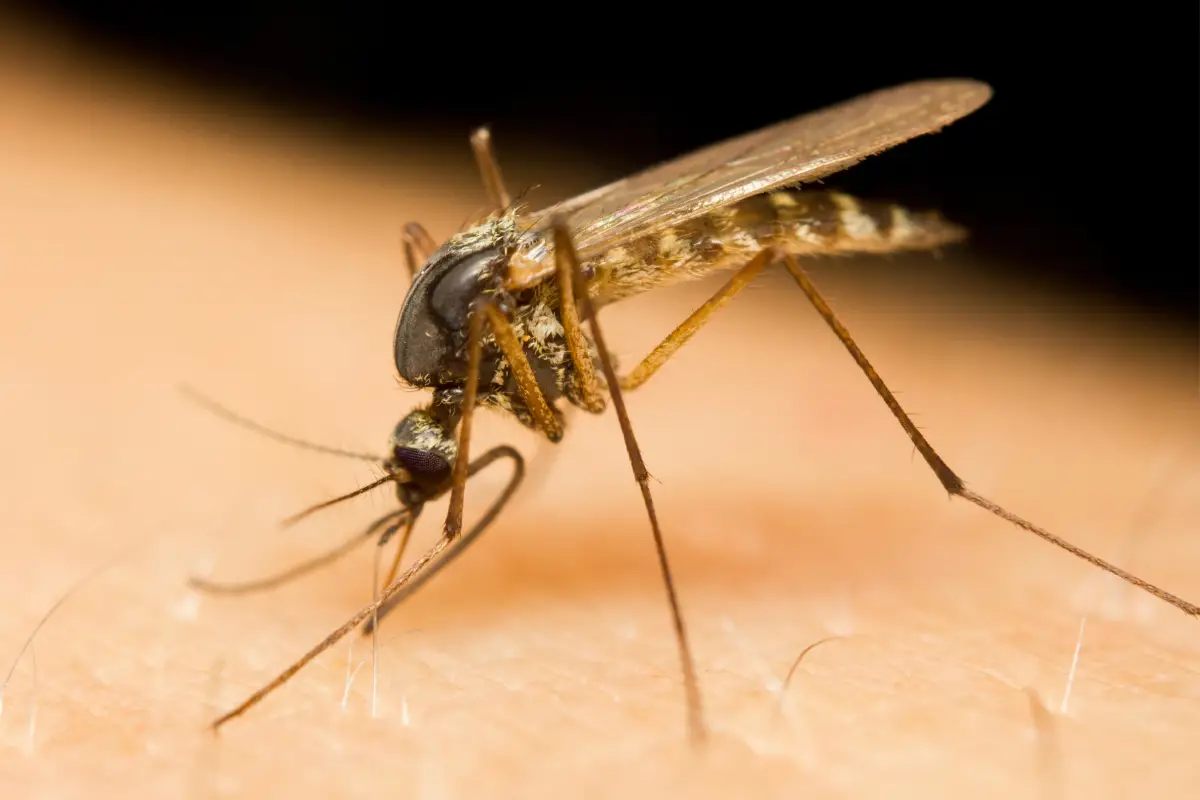The dunnock, also known as the hedge-sparrow, is a small, unobtrusive bird that is often overlooked in gardens and parks. Its plumage features a mix of brown and grey, allowing it to blend seamlessly into its surroundings. With a slender shape and a long, pointed beak, the dunnock exhibits characteristics typical of many small passerines.
Measuring about 14 centimeters in length, it has a wingspan ranging from 19 to 21 centimeters. The dunnock’s eyes are chestnut-brown, and its legs are pink, adding a subtle contrast to its otherwise muted colors. Female dunnocks tend to be smaller and more subdued in appearance compared to their male counterparts, which showcases slight variations in their feathers.
Despite its drab coloration, the dunnock has unique features that make it an interesting subject for bird enthusiasts. By paying attention to its distinctive behavior, such as its mouse-like movement under bushes, one can appreciate the nuances of this common yet fascinating bird.
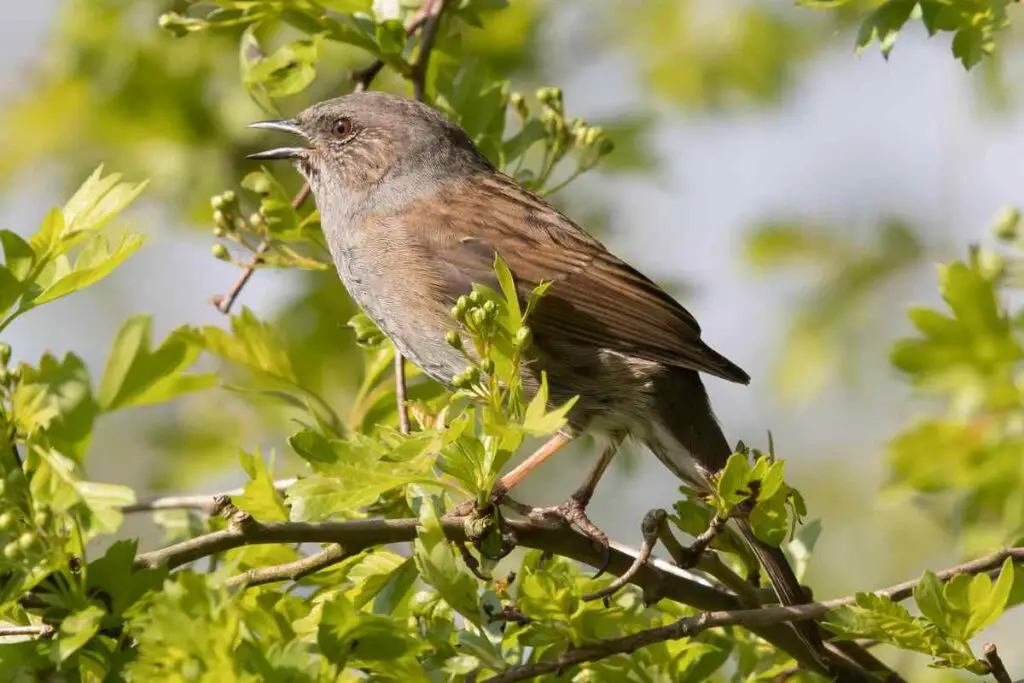
Table of Contents
Physical Characteristics
Dunnocks possess distinctive features that make them unique among small birds. These characteristics include their size, coloring, and specific body parts, which help them adapt to their habitats.
Size and Shape
Dunnocks are small birds, typically measuring about 14 cm in length. Their weight ranges from 19 to 24 grams. This lightweight allows them to move quickly through underbrush and gardens.
The body shape is slender, which helps them navigate through dense shrubs. Their wings are short and rounded, contributing to their quick, fluttering flight. Dunnocks often adopt a crouching posture when foraging on the ground, giving them a compact and somewhat mouse-like appearance.
Plumage
Dunnocks have drab and understated plumage that helps with camouflage. The upper body is mostly brown, often blending in with their surroundings. The feathers are mottled with shades of grey and black, providing effective concealment from predators.
The underparts are a lighter grey, which contrasts subtly with the darker back. This coloration can vary slightly among individuals but generally maintains a uniform appearance across the species. This plumage is an evolved trait aimed at avoiding detection in their natural habitats.
Bill and Eyes
Dunnocks have a slender, fine-pointed bill that is well-suited for their diet, which mainly consists of insects and seeds. The bill is dark in color, allowing them to blend in with vegetation while searching for food.
Their eyes are small and dark, positioned on the sides of the head. This placement gives them a wide field of vision, alerting them to potential threats. The overall head shape is relatively round, with feathers that can sometimes appear spiky, adding to their understated charm.
Coloration and Markings
The dunnock has distinctive features that help it blend into its environment. The coloration and markings differ between breeding adults and younger birds. Each stage showcases unique traits important for identification.
Breeding Adults
Breeding adult dunnocks display a mix of colors that aid in camouflage. Their upperparts primarily exhibit brown with darker black streaks, while their crowns and ear coverts are a subtle brown.
A narrow, dull yellow wing-bar is present, contributing to their unique appearance. The underparts feature a light gray color, which contrasts with the mottled patterns on their wings and flanks. This combination of colors allows them to remain hidden among leaves and bushes in their natural habitat.
Juveniles and Non-Breeding Adults
Juvenile dunnocks look different from adults as they have a more muted color palette. Their plumage appears browner with heavy speckling throughout.
This age group lacks the defined markings seen in adults, making them appear less vibrant. As they mature, they will develop the characteristic streaks and patterns. Juveniles can be identified by their browner heads. Non-breeding adults also retain some juvenile traits, making them blend more easily in their surroundings during this period.
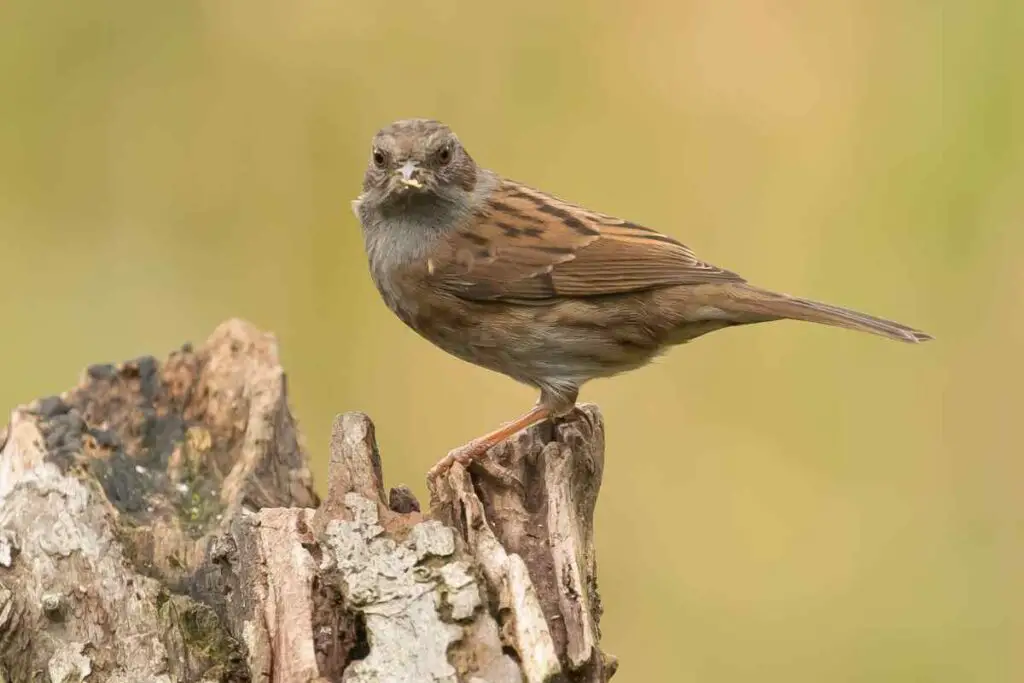
Behavioral Traits
Dunnocks display interesting behaviors that reflect their feeding habits and courtship rituals. Understanding these traits provides insight into their daily lives and interactions.
Feeding Habits
Dunnocks primarily feed on insects, worms, and seeds. They are often seen foraging on the ground, where they search through leaf litter and underbrush. This bird’s slender beak allows it to pick up small food items efficiently.
Typically, dunnocks prefer habitats where they can easily find food. They thrive in woodlands, gardens, and grassy areas. Their method of feeding can include a unique technique where they flick their wings while searching for food. This behavior helps them look larger and assert their presence in the area.
Dunnocks are also known to be opportunistic feeders. They will eat whatever is available, making them adaptable in various environments. This flexibility in diet helps them survive in changing conditions.
Mating and Nesting
Dunnocks have complex mating behaviors, often resulting in multiple breeding strategies. Males engage in courtship displays, including a distinctive hop-dance to attract females. During this display, the male fluffs up his feathers and flicks his wings, showcasing his fitness.
Nesting typically occurs in dense vegetation, providing cover and safety. A female dunnock will lay an average of 3 to 6 eggs. She is responsible for incubation and caring for the young once they hatch. Both parents may contribute to feeding the chicks, ensuring they receive enough nourishment to grow.
Dunnocks can also exhibit polyandrous behavior, where a female mates with multiple males. This strategy can increase genetic diversity and improve chances of survival for the offspring. The social structures among dunnocks can be intricate, reflecting their adaptable nature in both feeding and mating.









